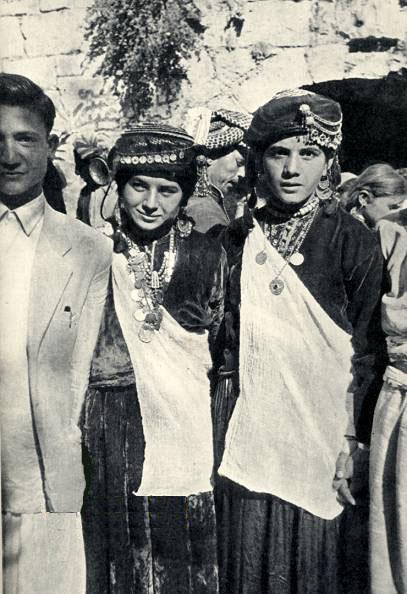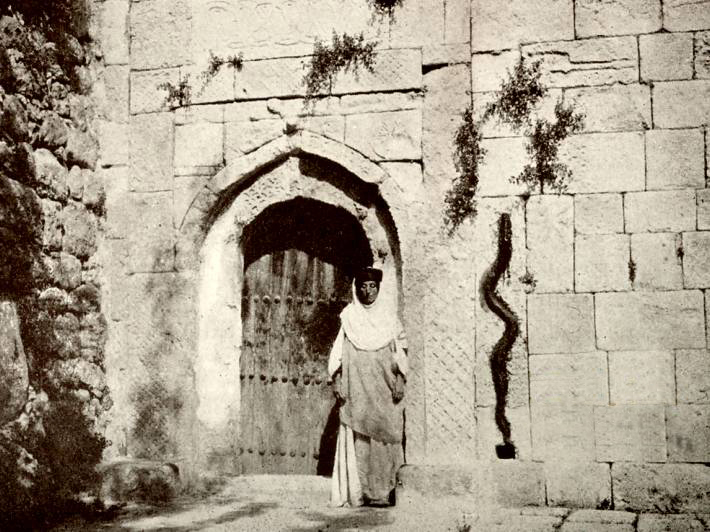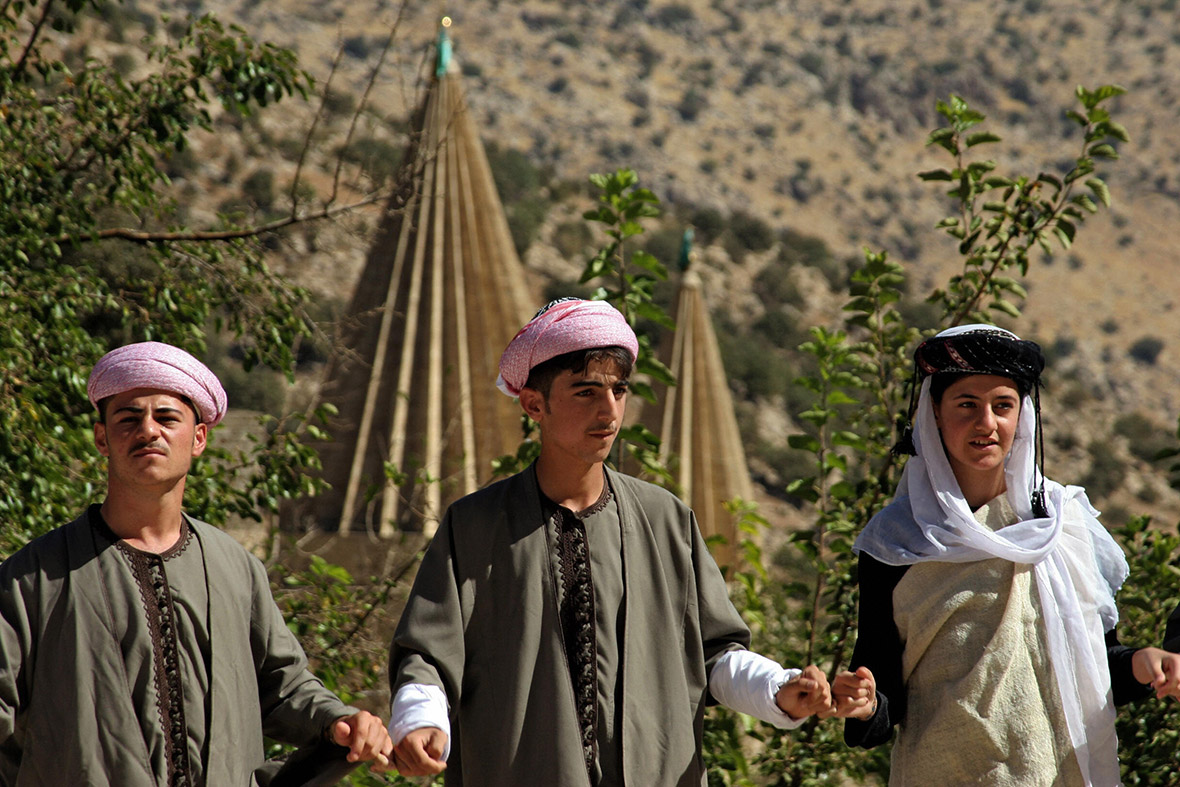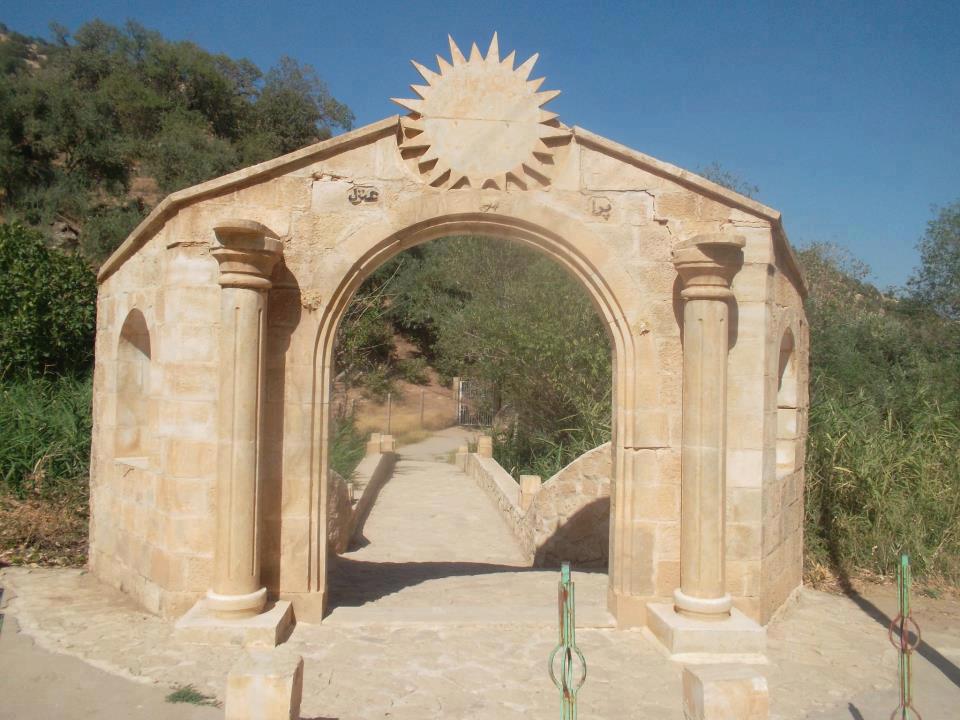Kindly note that: (a) the text printed below has been slightly edited from its original version in the Tehran Times and (b) the images and accompanying captions posted below do not appear in the original Tehran Times report.
======================================================================================
Philip G. Kreyenbroek, professor and director of Iranian Studies at the Georg August University of Gottingen from 1996-2017, says that Yezidis are remnants of Iranian tribes who refused to be influenced by the Daeva cult or by Zarathustra. As noted by Kreyenbroek to the Tehran Times:
 “Besides the group of early Iranians who came into direct contact with the Daeva cult and refused to bow to it, there were other tribes who continued to follow the ancient religion without being influenced by the Daeva cult or by Zarathustra. Some of these groups moved westwards from an area north of the Iranian-Afghan border and settled in western parts of modern Iran, northern Iraq, and eastern Turkey.”
“Besides the group of early Iranians who came into direct contact with the Daeva cult and refused to bow to it, there were other tribes who continued to follow the ancient religion without being influenced by the Daeva cult or by Zarathustra. Some of these groups moved westwards from an area north of the Iranian-Afghan border and settled in western parts of modern Iran, northern Iraq, and eastern Turkey.”
Origins of Yazidis are unknown for many people and pundits as some sources talk about their link with Zoroastrianism while extremist groups in Iraq have accused them of being a continuation of tribes that were used to worship the devil.
“Zoroastrianism” as one of the oldest religions still in existence, could impress many religions and faiths in the world.

Kurdish man engaged in the worship of Mithras in a Pir’s (mystical leader/master) sanctuary which acts as a Mithraic temple (Courtesy Kasraian & Arshi, 1993, Plate 80). Note how he stands below an opening allowing for the “shining of the light”, almost exactly as seen with the statue of Mithras in Ostia, Italy. These particular Kurds are said to pay homage to Mithras three times a day.
It had been the state religion of three Persian dynasties while shaping one of the ancient world’s largest empires—the mighty Persia Empire, before the Muslim conquest of Persia in the seventh century AD. However, the Dutch professor believes that the Yezidi tribes refused to follow Zarathustra’s teachings.
 “These Iranians continued to worship in the traditional, pre-Zoroastrian manner, and only came into contact with Zoroastrianism much later, when Zoroastrianism became a dominant tradition in western parts of Iran under the Achaemenids. I believe that the cultures of the Yezidis and the Yarsan, most of who speak forms of Kurdish, have preserved features of that ancient religion.”
“These Iranians continued to worship in the traditional, pre-Zoroastrian manner, and only came into contact with Zoroastrianism much later, when Zoroastrianism became a dominant tradition in western parts of Iran under the Achaemenids. I believe that the cultures of the Yezidis and the Yarsan, most of who speak forms of Kurdish, have preserved features of that ancient religion.”
Following below is the text of the Tehran Times interview:
Who was Zarathustra, and to what extent did his teachings expand? Did he have the characteristics of a prophet?
 Zarathustra was a highly educated priest of the ancient religious tradition, which goes back to the time when the ancestors of the Iranians and northern Indians were still one people (ca.3000-2000 BCE). He defended the ancient religion, based on the concept of Asha (Truth, Rightness) against pressures to worship alien gods (the Daeva later Diw, or ‘demon’), who were not bound by Asha. The majority of early Indian tribes had accepted Deva/Daeva worship, as we see in their early texts, the Vedas. Zarathustra’s people were in close contact with the Deva worshippers but refused to accept their beliefs.
Zarathustra was a highly educated priest of the ancient religious tradition, which goes back to the time when the ancestors of the Iranians and northern Indians were still one people (ca.3000-2000 BCE). He defended the ancient religion, based on the concept of Asha (Truth, Rightness) against pressures to worship alien gods (the Daeva later Diw, or ‘demon’), who were not bound by Asha. The majority of early Indian tribes had accepted Deva/Daeva worship, as we see in their early texts, the Vedas. Zarathustra’s people were in close contact with the Deva worshippers but refused to accept their beliefs.
Zarathustra’s people were in close contact with the Deva worshipers but refused to accept their beliefs. Zarathustra, as a trained priest, was capable of defining the beliefs of his people in his ‘Songs’ (Gatha), in which he describes his direct vision of Lord Wisdom (Ahura Mazda, later Hormazd), whom he worshiped as God, the source of all righteous existence.

Yazdi or Yazidi youth in the 1950s in Lalesh (Saradistribution.com).
Zarathustra’s worldview (Daena, later Din) eventually became the basis of a new community that spread all over the Iranian world so that the word Daena/Din came to mean ‘religion’ (Din). A stone who founded a new religion on the basis of a direct encounter with God, Zarathustra may indeed be called a Prophet, although the concept of ‘prophecy’ is generally associated with the Abrahamic religions.
Are there any links between Zoroastrianism and Yazidism as some experts say Yazidism is an Iranian religion?
 Besides the group of early Iranians who came into direct contact with the Daeva cult and refused to bow to it, there were other tribes who continued to follow the ancient religion without being influenced by the Daeva cult or by Zarathustra. Some of these groups moved westwards from an area north of the Iranian-Afghan border and settled in western parts of modern Iran, northern Iraq and eastern Turkey. These Iranians continued to worship in the traditional, pre-Zoroastrian manner and only came into contact with Zoroastrianism much later when Zoroastrianism became a dominant tradition in western parts of Iran under the Achaemenids. I believe that the cultures of the Yezidis and the Yarsan, most of who speak forms of Kurdish, have preserved features of that ancient religion.
Besides the group of early Iranians who came into direct contact with the Daeva cult and refused to bow to it, there were other tribes who continued to follow the ancient religion without being influenced by the Daeva cult or by Zarathustra. Some of these groups moved westwards from an area north of the Iranian-Afghan border and settled in western parts of modern Iran, northern Iraq and eastern Turkey. These Iranians continued to worship in the traditional, pre-Zoroastrian manner and only came into contact with Zoroastrianism much later when Zoroastrianism became a dominant tradition in western parts of Iran under the Achaemenids. I believe that the cultures of the Yezidis and the Yarsan, most of who speak forms of Kurdish, have preserved features of that ancient religion.

Excellent depiction of a Khatoun at an ingress into the Temple in 1907 (Saradistribution.com). The term Khatoun in this cultural context designates a matriarch; ancient cults such as Mazdakism, Yazdanism, Yazdism as well as the ancient Zoroastrian faith, have often held men and women in equal regard, especially with regard to learning and leadership roles (for more see here).
Kurdish populations in Iraq, Syria, and Turkey talk in a language close to Persian (Farsi). Are these Kurds originally Iranian?
 From a linguistic point of view, certainly. This implies that they are bearers of a culture that shares its roots with those of modern Iranians.
From a linguistic point of view, certainly. This implies that they are bearers of a culture that shares its roots with those of modern Iranians.

Local Yezidis engage in the traditional Kurdish dance outside the Lalesh temple (photo displayed the International Business Times).
What is the importance of the dualism and conflict between light and darkness in Zoroastrianism and Yazidism?
 First of all, the term ‘dualism’ is only partly correct. Both religions believe in the existence of two ‘spheres’ ‘this-worldly’ (getig, zaher) and ‘other-worldly’ (menog, baten). In Zoroastrianism, the struggle between good and evil, light and darkness, true believers and demon worshippers, was felt to be very important. In Yazidism and Yarsanism, it is much less prominent. There, people believe that what happens in this world is ultimately in the hands of the ‘Lord of this World’ and humans can only do their best and try to understand the hidden (baten) reality behind the manifest (zaher).
First of all, the term ‘dualism’ is only partly correct. Both religions believe in the existence of two ‘spheres’ ‘this-worldly’ (getig, zaher) and ‘other-worldly’ (menog, baten). In Zoroastrianism, the struggle between good and evil, light and darkness, true believers and demon worshippers, was felt to be very important. In Yazidism and Yarsanism, it is much less prominent. There, people believe that what happens in this world is ultimately in the hands of the ‘Lord of this World’ and humans can only do their best and try to understand the hidden (baten) reality behind the manifest (zaher).

Entrance portal to the Temple of the Yazdis or Yazidis at Lalesh (Saradistribution.com).
Do you see any link between Zoroastrianism and East Asian religions like Hinduism?
 Yes, Hinduism also goes back to the Indo-Iranian religious tradition, but has changed because it accepted the cult of Devas/Daevas while Zoroastrianism was against this. The early Western Iranians had never heard of them until they were influenced by Zoroastrianism in the Achaemenian period.
Yes, Hinduism also goes back to the Indo-Iranian religious tradition, but has changed because it accepted the cult of Devas/Daevas while Zoroastrianism was against this. The early Western Iranians had never heard of them until they were influenced by Zoroastrianism in the Achaemenian period.
Video of Yezidis in Iraq by the Al Jazeera English network entitled “Yazidis celebrate New Year in Iraq” (Source: CIVILNET in YouTube).



